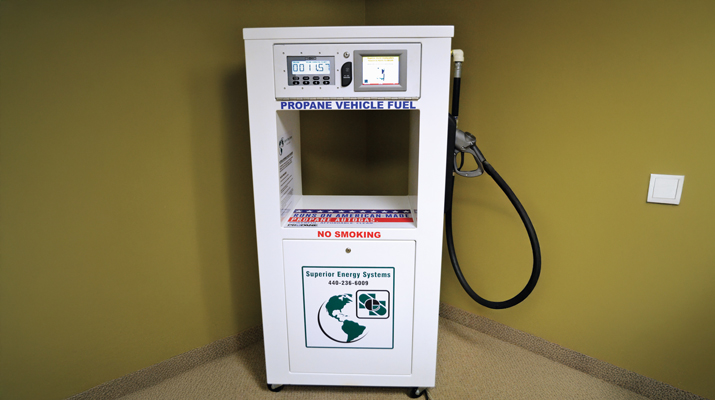Understanding the change process for NFPA 58
I just submitted my last public comment for the next code edition. I reviewed the Report on Public Inputs to see the committee statements on why some public inputs were resolved. Then I looked at the First Draft Report to see if any first revisions from public inputs or from committee inputs needed some improved language. This is in preparation for the second-draft meeting to be held this fall.
Does that sound like a lot of gibberish? Surprisingly, it makes perfect sense to the staff at the National Fire Protection Association (NFPA) and to most of us on the Technical Committee on LP Gases. This committee is made up of representatives from insurance companies, the propane industry, enforcement, special experts and labor.
There are many folks in the propane industry who do not fully understand the change process for the NFPA 58: Liquefied Petroleum Gas Code. I’ll try to explain the basics and some of the nuances.
It can’t be a surprise that the LP Gas Code undergoes periodic changes. We’re in a three-year revision cycle, currently the Annual 2019 Cycle, which will result in the 2020 edition. The current edition is 2017, published in October 2016. Some states are operating under the 2017 requirements; many others are operating under older editions. But, that’s a story for another time.
The LP Gas Code takes effect in a state – that is, carries the force of law – only when the state adopts it. Until then, the LP Gas Code, along with all of the other NFPA codes, are wannabees. There is no federal law that enforces safety requirements for stationary propane installations, except for some spotty Occupational Safety and Health Administration inspections. The Code of Federal Regulations has some rules about transportation, but those are a different application.
NFPA has a clear procedure for how the code revision process works. It was modified a few years ago, but that was mostly a change in terminology. The process offers a lot of transparency and allows change suggestions by just about anyone in the world who has an interest.
The process starts with the public input (PI) stage (formerly proposals). In a nod to efficiency and technology, all PIs must be submitted online. The submitter must provide a new-code-text suggestion for the code and include a technical substantiation to provide background information on the problem the PI addresses.
After the input window closes, a document with all of the PIs is supplied to every committee member and is posted online under the “Next Edition” tab. Committee members are expected to become familiar with the PIs prior to the first draft meeting.
The committee gathers about two years before the next edition is to be published. Every PI is considered and action is taken on it (accept, reject, etc.), as the NFPA rules require. The process starts with a member moving to either resolve a PI, to make a first revision based on a certain PI or to make a first revision based on a certain PI but with modified language. If that motion is seconded, then there is discussion on the motion.
Many PIs are resolved. This means the committee rejected it and will provide some statement explaining why it was rejected. The person who submitted the PI can see its status online. PIs are resolved for various reasons, including insufficient justification, unenforceability of a change, prior addressing of the issue or no specific code text being provided.
When a member supports a PI, they move for a “first revision” for certain text to be a code change, based on that PI. Once seconded, the motion is discussed and a change is made, modified or rejected.
A first revision number is assigned to those where a code change is accepted and a committee statement is generated, often mirroring some part of the PI’s substantiation.
A committee member can move at the meeting for a first revision (FR) or committee input (CI) on any topic. A CI is a placeholder tag where the committee wants to make a change on a certain part of the document and wants more feedback from the public before making a change at the public comment stage. If a PI does not pass this stage, it can still be brought back.
That takes us to the next step – public comments (PCs). Anybody can submit a suggestion for changing the text for anything that was related to action taken during the first draft portion of the cycle. Again, submittal is online and reference is made to which topic – FR, PI or CI – from the first draft portion it relates. This is protection from bringing up a new topic that may not be subject to the same opportunity for public review and transparency. There were 102 PCs submitted, each to be considered at the second-draft meeting in September 2018. Now that the window for submitting PCs is closed, NFPA staff is preparing to send these PCs to the committee members.
I’ll end this article at this point in the process. Part 2 will continue the description of the next committee meeting acting on all of the PCs and other committee action to issuing the revised standard.
Richard Fredenburg is an LP gas engineer at the North Carolina Department of Agriculture and Consumer Services, Standards Division.
















